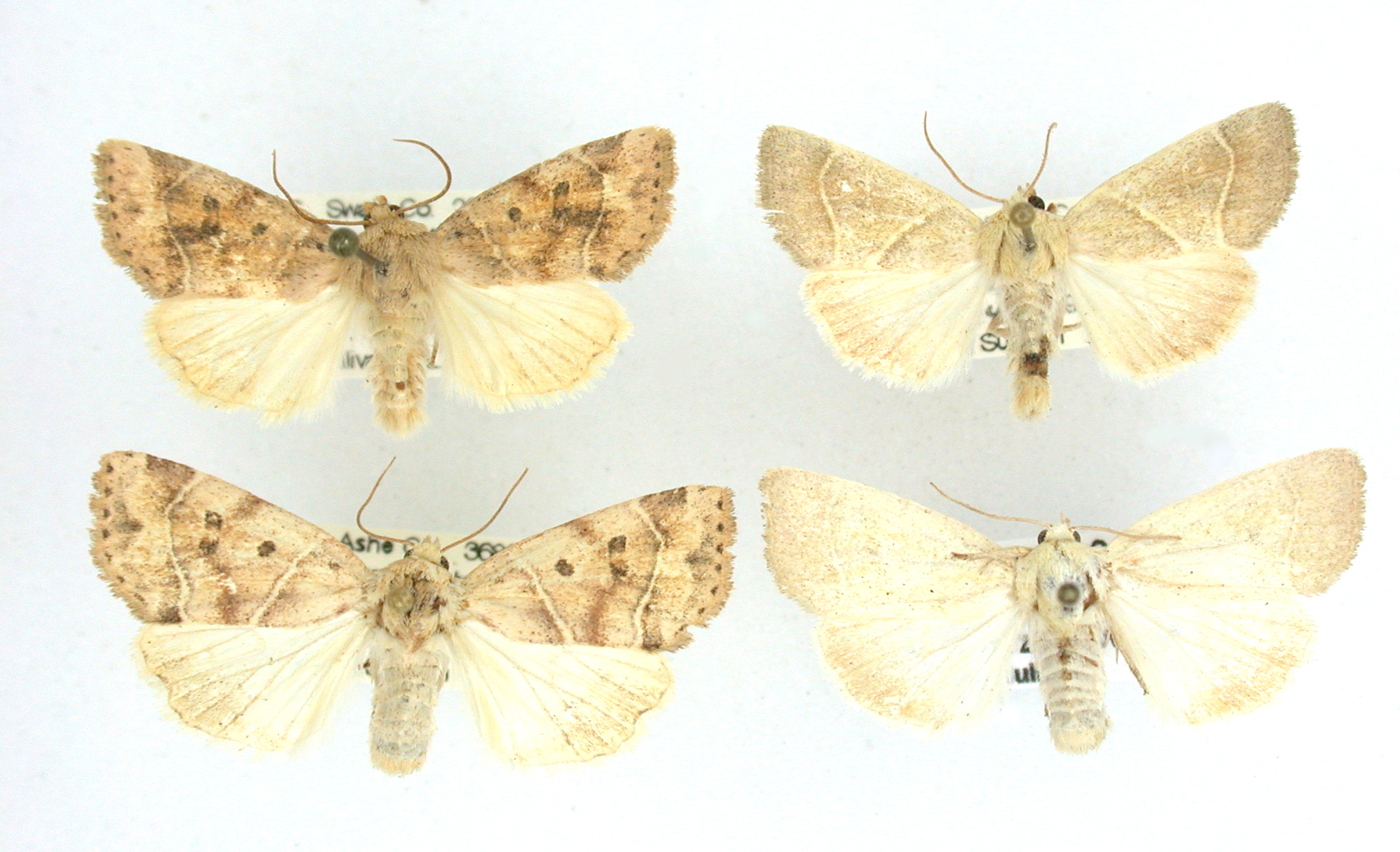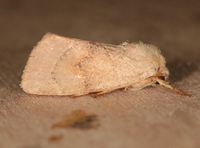
| Recorded by: Jim Petranka, Mark Basinger and Becky Elkin on 2025-06-25
Mitchell Co.
Comment: | 
| Recorded by: Simpson Eason on 2025-05-16
Durham Co.
Comment: |

| Recorded by: Jim Petranka, Mark Basinger and Becky Elkin on 2024-06-25
McDowell Co.
Comment: | 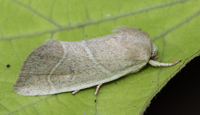
| Recorded by: Emily Stanley on 2024-06-17
Buncombe Co.
Comment: |

| Recorded by: Jeff Niznik on 2024-05-29
Durham Co.
Comment: | 
| Recorded by: Simpson Eason on 2024-05-19
Durham Co.
Comment: |
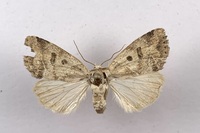
| Recorded by: R. Teper, David George on 2023-07-30
Swain Co.
Comment: | 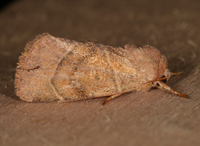
| Recorded by: Jim Petranka and Becky Elkin on 2023-07-27
Buncombe Co.
Comment: |
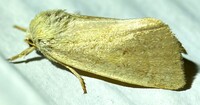
| Recorded by: Dean Furbish on 2023-06-06
Wake Co.
Comment: | 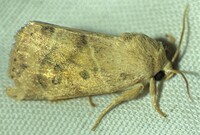
| Recorded by: Dean Furbish on 2023-06-05
Wake Co.
Comment: |

| Recorded by: Dean Furbish on 2023-06-04
Wake Co.
Comment: | 
| Recorded by: Dean Furbish on 2023-06-04
Wake Co.
Comment: |

| Recorded by: David George, Stephen Dunn, Jeff Niznik on 2023-06-03
Orange Co.
Comment: | 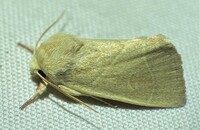
| Recorded by: Dean Furbish on 2023-05-24
Wake Co.
Comment: |
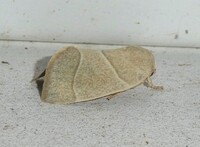
| Recorded by: Simpson Eason on 2023-05-18
Durham Co.
Comment: | 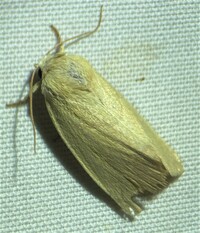
| Recorded by: Dean Furbish on 2022-06-14
Wake Co.
Comment: |
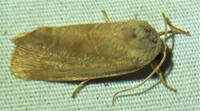
| Recorded by: Dean Furbish and Joy Wiggins on 2022-06-07
Wake Co.
Comment: | 
| Recorded by: Dean Furbish and Joy Wiggins on 2022-06-06
Wake Co.
Comment: |
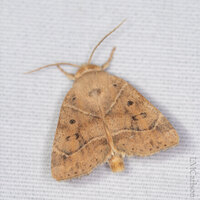
| Recorded by: David George, L. M. Carlson, Stephen Dunn on 2022-06-04
Orange Co.
Comment: | 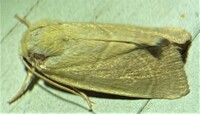
| Recorded by: Dean Furbish on 2022-06-04
Wake Co.
Comment: |
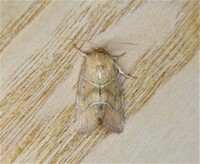
| Recorded by: Gary Maness on 2022-06-02
Guilford Co.
Comment: | 
| Recorded by: Dean Furbish on 2022-06-01
Wake Co.
Comment: |
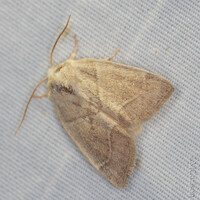
| Recorded by: David George, L. M. Carlson on 2022-05-31
Durham Co.
Comment: | 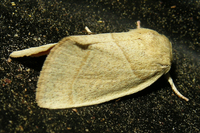
| Recorded by: Owen McConnell on 2022-05-30
Durham Co.
Comment: |
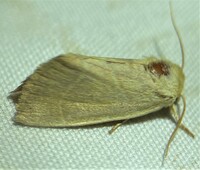
| Recorded by: Dean Furbish on 2022-05-30
Wake Co.
Comment: | 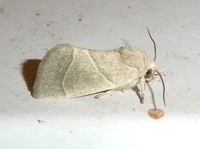
| Recorded by: Simpson Eason on 2022-05-26
Durham Co.
Comment: |

| Recorded by: tom ward on 2021-07-05
Buncombe Co.
Comment: | 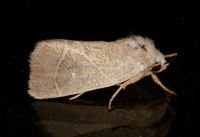
| Recorded by: Jim Petranka on 2021-07-02
Madison Co.
Comment: |

| Recorded by: Dean Furbish on 2021-06-06
Wake Co.
Comment: | 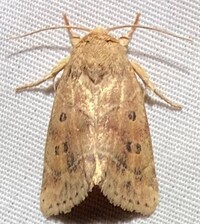
| Recorded by: Dean Furbish on 2021-05-31
Wake Co.
Comment: |
|

 »
»
